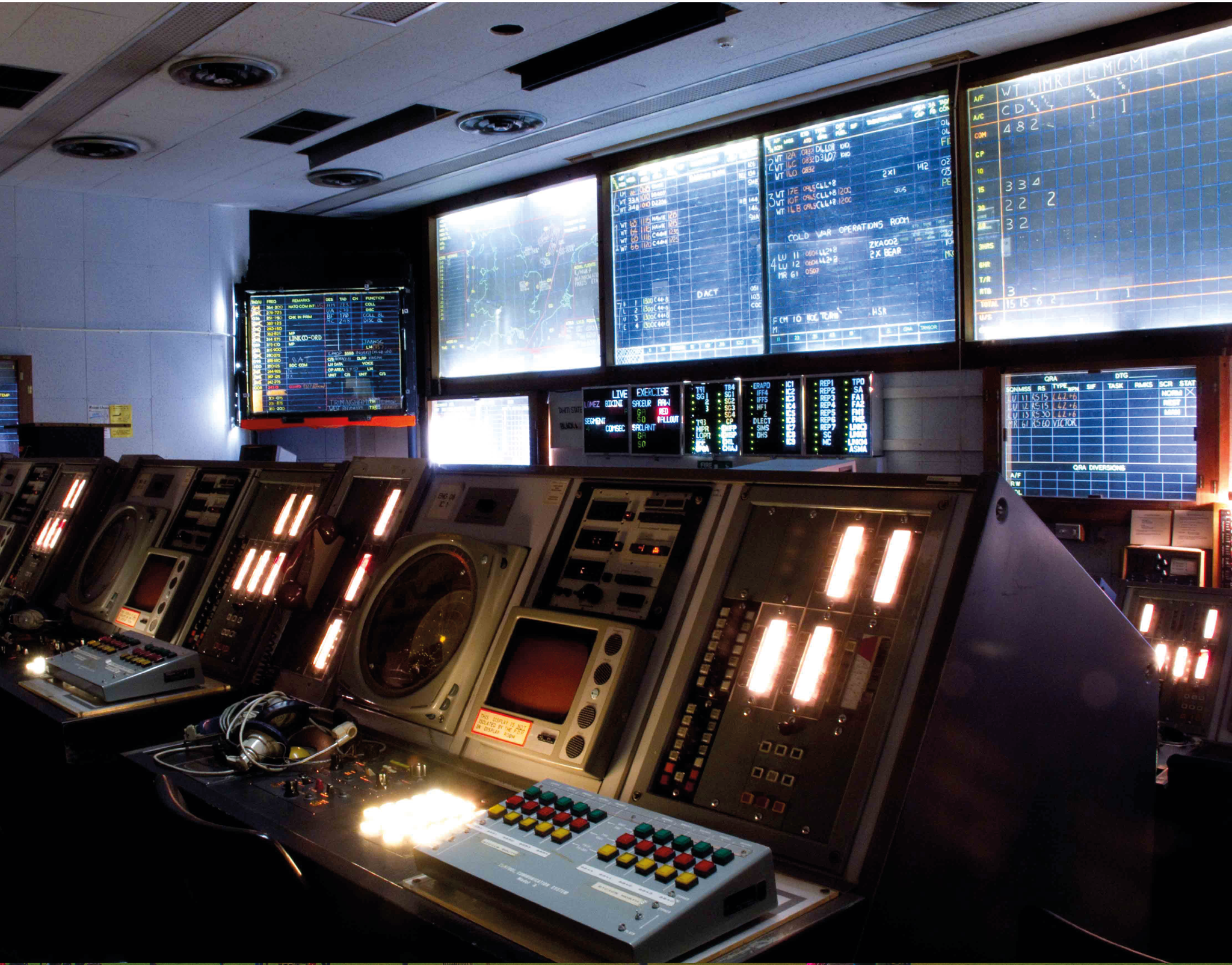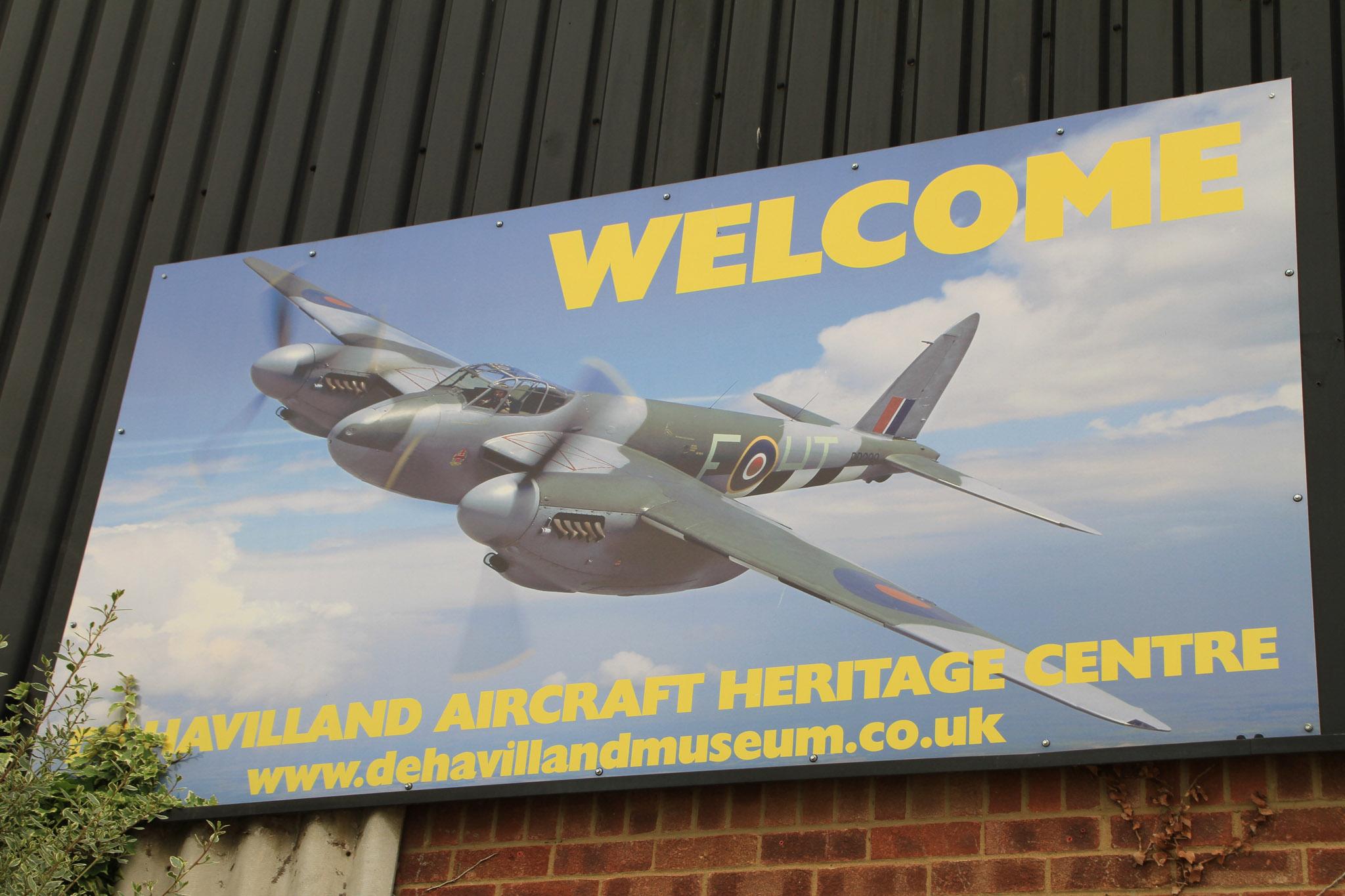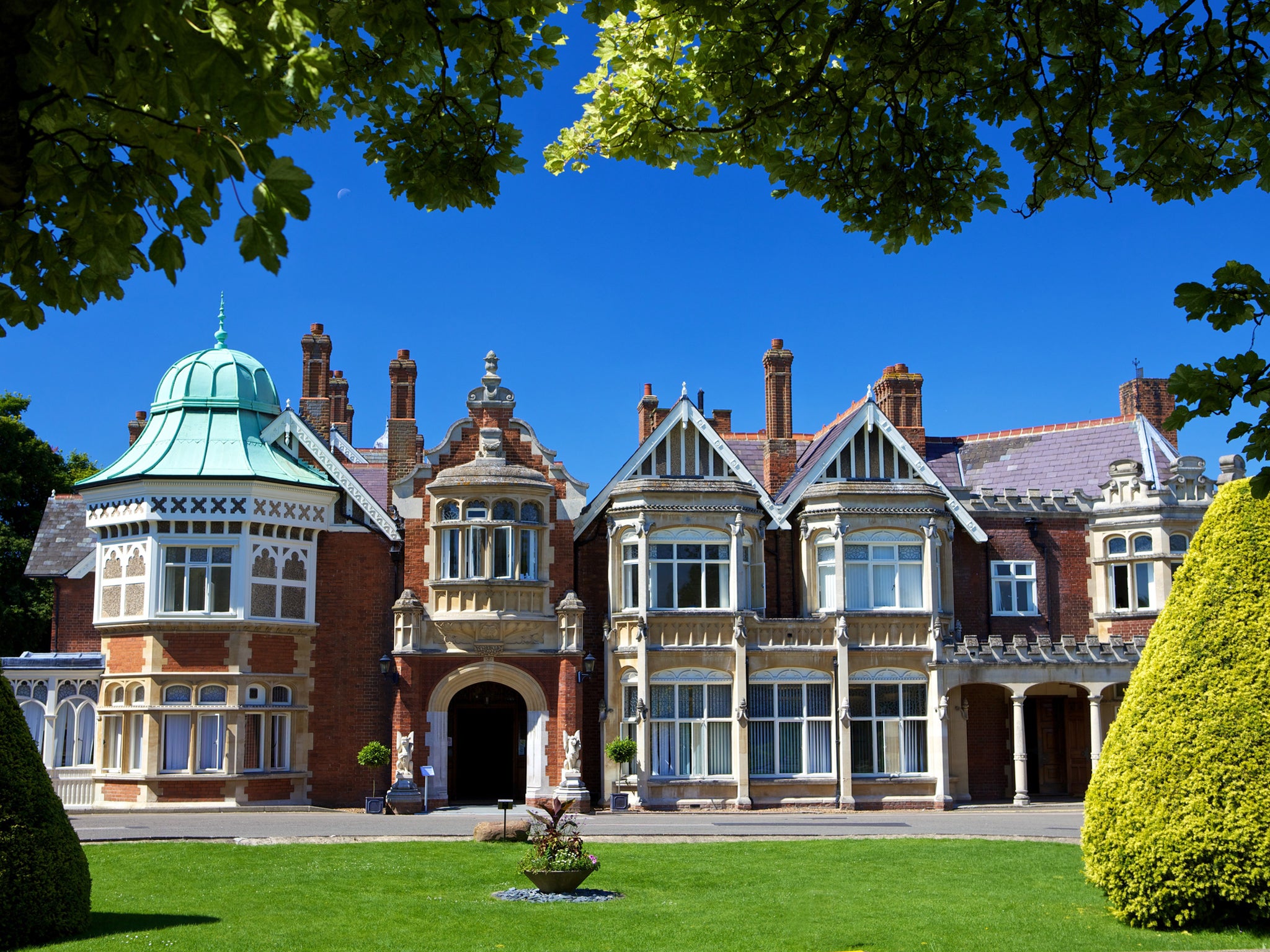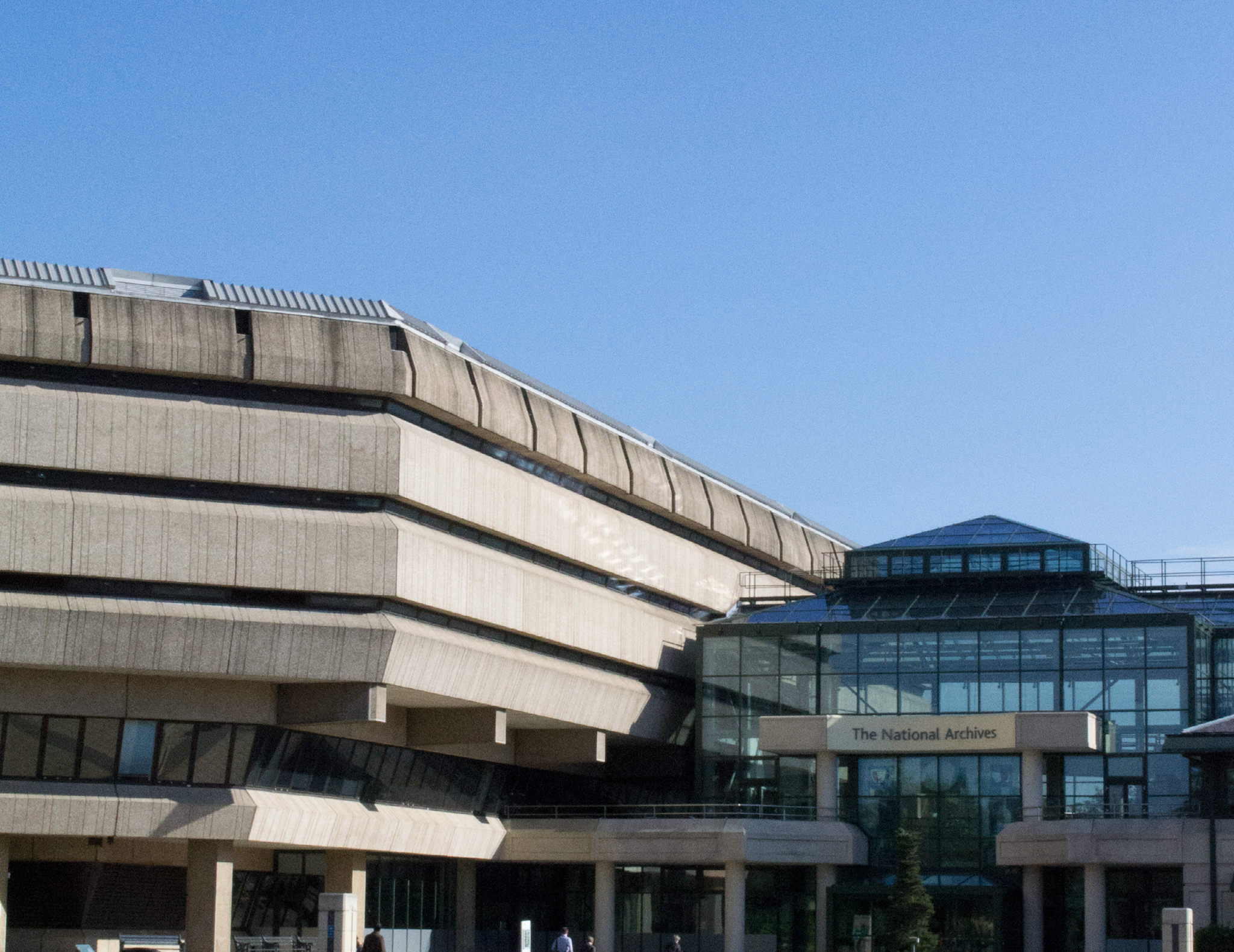5 of the best geeky tourist attractions in the UK
A new book, Geek's Guide to Britain, picks out the country's most important tourist spots for fans of science and tech

Your support helps us to tell the story
From reproductive rights to climate change to Big Tech, The Independent is on the ground when the story is developing. Whether it's investigating the financials of Elon Musk's pro-Trump PAC or producing our latest documentary, 'The A Word', which shines a light on the American women fighting for reproductive rights, we know how important it is to parse out the facts from the messaging.
At such a critical moment in US history, we need reporters on the ground. Your donation allows us to keep sending journalists to speak to both sides of the story.
The Independent is trusted by Americans across the entire political spectrum. And unlike many other quality news outlets, we choose not to lock Americans out of our reporting and analysis with paywalls. We believe quality journalism should be available to everyone, paid for by those who can afford it.
Your support makes all the difference.Scientists, engineers and inventors born or working in Great Britain have made their mark on the world. They’ve hollowed out mountains and created man-made lakes, they’ve tamed The Thames and defeated enemy aggressors.
Their legacy embraces a network of towers, factories, bridges, tunnels, bunkers - and more - across the UK. A new book, the Geek’s Guide to Britain, covers 26 destinations spanning the country from Goonhilly Satellite Earth Station, on Cornwall’s remote Lizard Peninsula, all the way up to TAT-1 in Scotland. There is also information on the most suitable venues for children as well as tips on places to eat, shop and stay.
Here are five of the Geek's Guide's top sites for visitors:
de Havilland Aircraft Museum, Hertfordshire
This museum celebrates the story of one of the most pioneering engineering companies - the de Havilland Aircraft Company, and in particular, its twin engine DH.98 Mosquito, used in the Second World War.

It showcases the history of the British aircraft industry as well as the development of the most well-know aircraft that made significant impacts during the war. The Mosquito, for example, was part of the Pathfinder squadrons until jet engines broke new performance records.
The museum is completely run by volunteers and visitors can enjoy an interactive experience, walking around hangars and jumping in cockpits. dehavillandmuseum.co.uk
TAT-1, Oban
Three miles south of Oban, a concrete tube reaches into the sea. This marked TAT-1, a cable carrying the first trans-Atlantic phone call from Newfoundland, Canada, on 25 September 1956.
TAT-1 was a revolution: before, calling North America required you book several hours in advance but TAT-1 could handle 35 simultaneous calls. That brought down the cost of calling America to a pound for three minutes. TAT-1 was also a link in the Washington-Kremlin hotline, to avoid Cold War nuclear misunderstandings.
TAT-1 is gone – a section remains at the Oban War and Peace Museum - but that casing remains as does a derelict building where TAT-1 plugged into London and beyond.
Bletchley Park, Buckinghamshire
Think Bletchley Park and you’ll think Second World War code-breaking and Alan Turing. But these are just the headlines. Less well told are what fiendishly difficult codes were cracked and their significance: Bletchley sifted through 20,000 Axis messages to reveal such crucial details as German air force deployments during the Battle of Britain and the location of the killer battleship the Bismarck sunk through a massive Royal Navy operation.

Bletchley was run by an army of 12,000 staff working in shifts around the clock. Two-thirds were women, many WRENs operating those Colossi. bletchleypark.org.uk
The National Archives, London
The Domesday book, Henry VIII’s divorce papers from Anne Boleyn, the Treaty of Versailles that officially closed the First World War. Their link? Copies are kept at the National Archive in Kew, London, repository of the UK’s national memory.
It was formed in 2003 from the merger of the Public Records Office with the UK’s other record-keeping oganisations, but efforts to collate the nation’s records actually go back to the Victorians. Anybody can visit the National Archive to consult records online or on microfiche, or - with a special ticket - request an original document on anything from minutes of Cabinet meetings to records of UFO sightings. nationalarchives.gov.uk

RAF Air Defence Radar Museum, Norfolk
Visitors can tour what used to be one of the most secret places in Britain. Here, during the Second World War, they were responsible for monitoring enemy activities and dispatching missiles and aircraft in our defence.
In 1941, the first secret radar system was installed at the base. Experience demonstrations and hear stories from the people who worked there first hand and made the technology that you can see and touch work. radarmuseum.co.uk
Geek’s Guide to Britain is edited by Gavin Clarke and published by The Register. It is available from theregister.co.uk for £19.99
Join our commenting forum
Join thought-provoking conversations, follow other Independent readers and see their replies
Comments